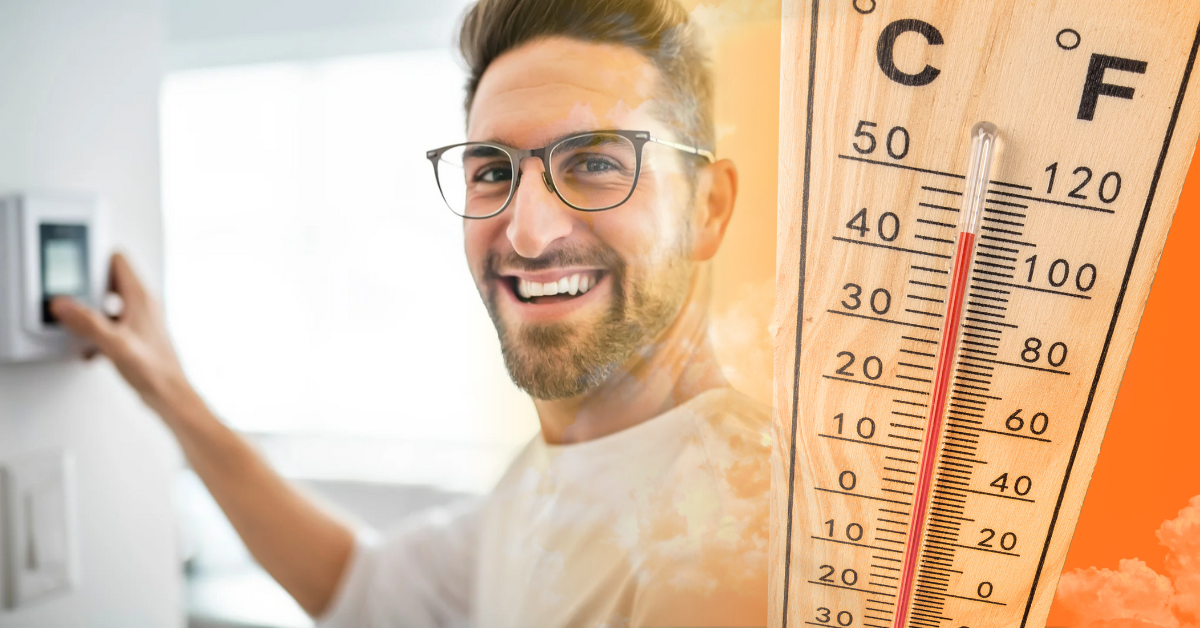Categories
In the evolving landscape of biometric authentication, palm vein scanning stands out for its precision and security. Unlike fingerprints or facial recognition, which rely on surface-level traits, palm vein scanning captures the unique patterns of veins beneath the skin, offering a robust and difficult-to-forge identifier. But what makes vein patterns so stable and reliable for biometric use?
This article dives deep into the science of vein pattern stability, exploring the biological and technical factors that ensure consistency, the challenges that can affect readability, and why this technology remains a cornerstone in secure identification systems.

Vein patterns are a unique and stable biometric trait, formed early in life and resilient to change.
Vein patterns develop during fetal growth, creating a distinct vascular map for each person.
The subdermal nature of veins protects them from external influences, ensuring long-term consistency.
Palm vein scanning leverages advanced imaging to capture and process vein patterns reliably.
The technology uses near-infrared light to map veins, creating secure digital templates.
Near-infrared (NIR) light penetrates 3-5 mm into the skin, capturing hemoglobin absorption in veins.
Vein maps are processed into encrypted templates based on branching, thickness, and intersections.
False acceptance rates (FAR) are below 0.00008%, outperforming many biometric systems.
Vein scanning offers unique technical strengths for consistent performance.
No physical contact reduces device wear and improves hygiene.
Subdermal patterns resist replication, unlike photographs or molds.
Vein scanning performs reliably regardless of lighting or skin condition.
Despite the inherent stability of vein patterns, certain conditions can impact their readability or consistency in biometric systems, posing challenges to effective palm vein scanning.
The human body is dynamic, and certain physiological changes can influence the visibility or structure of vein patterns, potentially affecting the accuracy of palm vein scanning.
Conditions such as pregnancy, significant weight gain or loss, or vascular diseases like varicose veins can alter blood flow or vein morphology, leading to variations in how scanners interpret the vein map. For instance, pregnancy may cause temporary vascular expansion due to increased blood volume, while diseases like thrombosis can modify vein structure.
Additionally, aging may reduce skin elasticity or blood flow, subtly impacting the quality of near-infrared (NIR) imaging. Deep tissue injuries or surgeries in the palm, though rare, can also disrupt local vein patterns, potentially causing mismatches with previously stored templates.
The performance of palm vein scanning systems can be affected by technical limitations and environmental conditions that interfere with accurate image capture.
Improper palm positioning during scanning is a common issue, as even slight misalignments can result in incomplete or distorted vein maps, leading to authentication failures.
Variations in scanner hardware, such as differences in NIR light intensity or camera sensitivity, can introduce inconsistencies in template generation across devices, complicating cross-platform use.

Environmental factors, like excessive ambient light or extreme temperatures, may also disrupt NIR imaging by affecting light penetration or sensor performance.
Capturing multiple images to account for slight positional variations.
Machine learning models adjust for physiological changes, ensuring consistent template matching.
Calibrated NIR emitters and high-resolution cameras reduce variability across scans.
Real-time guidance ensures proper palm alignment during scanning.
Vein patterns hold unique advantages over other biometric modalities:
Susceptible to wear, cuts, or dirt; vein patterns are unaffected by surface conditions.
Sensitive to lighting, angle, and aging; vein patterns remain consistent regardless of external appearance.
Requires precise alignment and can be affected by eye conditions; vein scanning is less sensitive to user positioning.
Palm vein scanning is widely used in sectors requiring high security and reliability:
Future advancements may include:
The stability of vein patterns, rooted in their biological resilience and enhanced by sophisticated imaging technology, positions palm vein scanning as a cornerstone of biometric authentication. While challenges like physiological changes or technical limitations exist, ongoing innovations in scanner design and algorithms continue to bolster reliability.
As security demands grow, the unique combination of vein pattern stability, security, and non-invasiveness ensures that vein pattern scanning will remain a trusted choice for identity verification, paving the way for a future where our veins unlock more than just doors—they unlock trust.